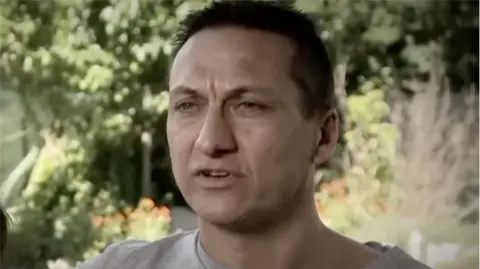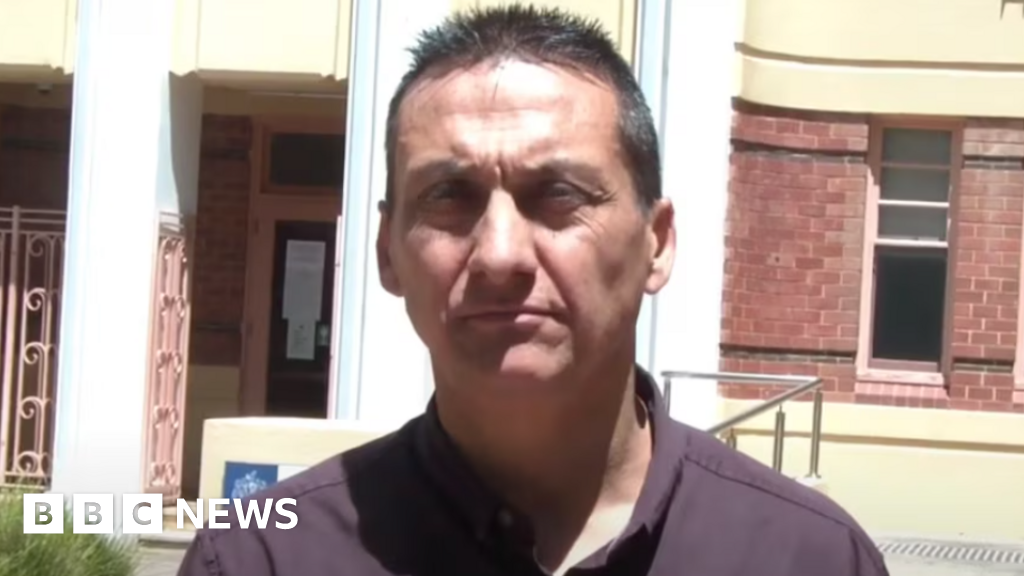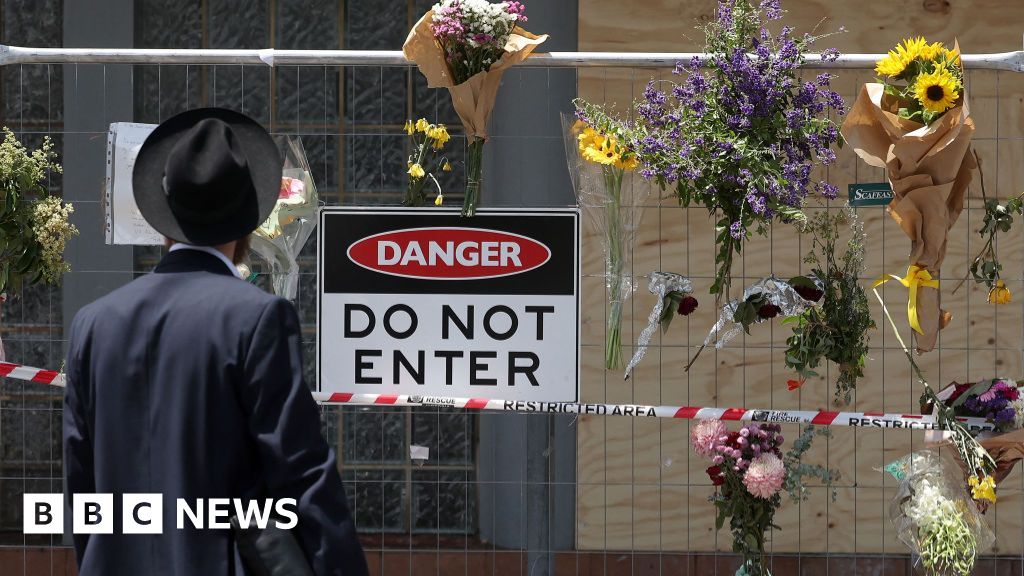In the expansive geographical tapestry of Australia’s Northern Territory, marked by its low population density and immense cattle stations, a unique service emerges — the "Flying Padres." These Salvation Army chaplains, who have been operating since World War II, navigate the outback not only by car but also by air, adapting their methods to reach the isolated communities that dot the landscape.
Flying across this immense region, which is roughly comparable in size to Alaska but homes a mere fraction of its population, the Flying Padres have become a lifeline for many. With cattle outnumbering humans seven to one, towns and farms can become isolated, especially during the rainy season when roads get submerged for extended periods. The challenge of reaching these communities often requires aerial transport, and as Niall Gibson and his wife, Michelle, discovered during their flight mission, reliability of flight equipment can be unpredictable.
Each flight into the untouched wilderness presents both an opportunity for connection and a reminder of the hardships faced by those living in solitude. Upon landing at a cattle station, Niall Gibson usually engages with workers about everyday life rather than delving deep into religious discussions. It’s this companionship and presence that matters most in places where loneliness can often dominate the experience of residents.
Thus, the Flying Padres effectively serve more than just a religious role; they provide emotional support, outreach, and a sympathetic ear to those enduring the challenges linked to geographical isolation. Their story emphasizes the critical intersection between faith, community, and the necessity of innovative outreach methods in remote regions where conventional support systems might fell short.


















